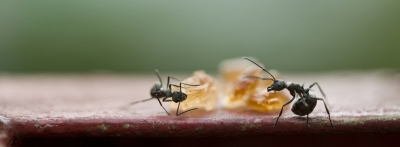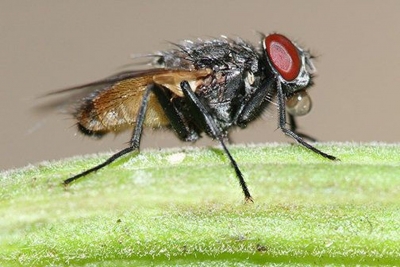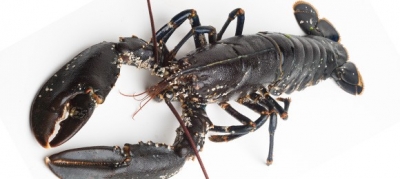Which are some unique friendships forged between unusual species for benefits?

Oral care experts under the ocean
'Cleaner' fish are much in demand among bigger fish. The cleaner fish are allowed to enter in through the mouth and eat up bacteria and other parasites, thus getting a meal and giving their clients a healthier mouth. However, the fish are known to engage in wrongful actions sometimes they eat mucus or scales, causing a jolt of pain to the client. The client, in return, chases the cleaner fish fiercely, giving the message! Apart from the fact that cleaner fish are too small to make a meal out of, the bigger fish face difficulty finding one. So, usually once trust has been established, the two are inseparable.
A relationship that's spot on!
Tarantulas are scary as it is - the Colombian Lesserblack Tarantula is huge, formidable and capable of eating small creatures! Yet, these mighty tarantulas spare spotted frogs. Maybe they don't taste good, but there's another reason for this special act of kindness. As mighty as they are, these tarantulas still need to protect their eggs from ants. And it turns out that spotted frogs are pretty nifty when it comes to eating up these ants, so living together offers great perks for both.
An assistant for pistol shrimp
The pistol shrimp has one mean weapon that makes other creatures jealous - rapid snapping claws! The shrimp snap their claws so rapidly that a jet of water shoots out in that direction. Despite having this weapon, nature has been cruel enough to give the shrimp lousy eyesight. That's where the goby comes into the picture. Like a guide dog leading its blind owner, the goby lets the shrimp's antennae hang onto its tail fins while it leads the way. In return, the goby gets free accommodation in the shrimp's tunnel, so all's well.
All for a sweet tooth
Meat ants have a mean reputation they're known to be violent towards other meat ants from a different territory as well as other species. Kicking, biting and spraying foul chemicals are some of their classic defence mechanisms. Yet, like everyone else, they have their weakness - a sweet tooth. What do they do to satisfy their need for sugar? They warmly welcome certain caterpillar species to their abode for the sake of the sugary fluid that the meat ants adore. In return, they even carry the caterpillars to places where plants grow so that they can feed. Talk about royal treatment!
Polar bears and arctic foxes
In the snow-filled Arctic world, finding friends and food isn't easy. So when Arctic foxes willingly join polar bears to hunt for prey, the bears don't really complain. As far as they know, the foxes don't cause any major inconvenience and the bears let them eat the scraps. The foxes are glad to get what would normally be difficult to, if they hunted by themselves.
Let's fish together
Last but not the least, dolphins work alongside fishermen! Believe it or not, without any kind of training, dolphins round up fish and alert fishermen when to throw their nets. What do they get in return? Fish that escape the net swim right into their mouths! How much better can it get? Turns out that dolphins interested in helping humans. hang out together in groups.
Picture Credit : Google



